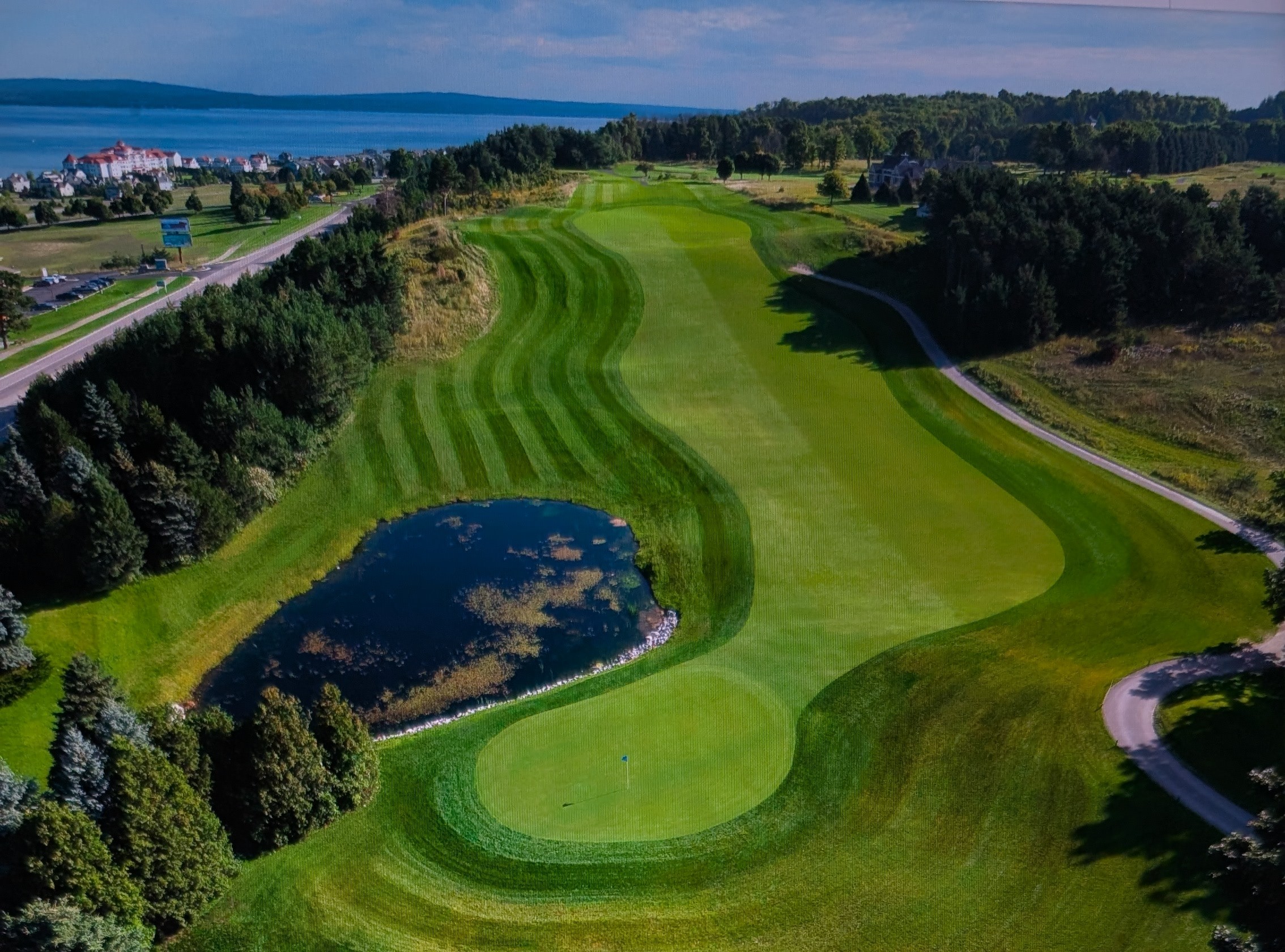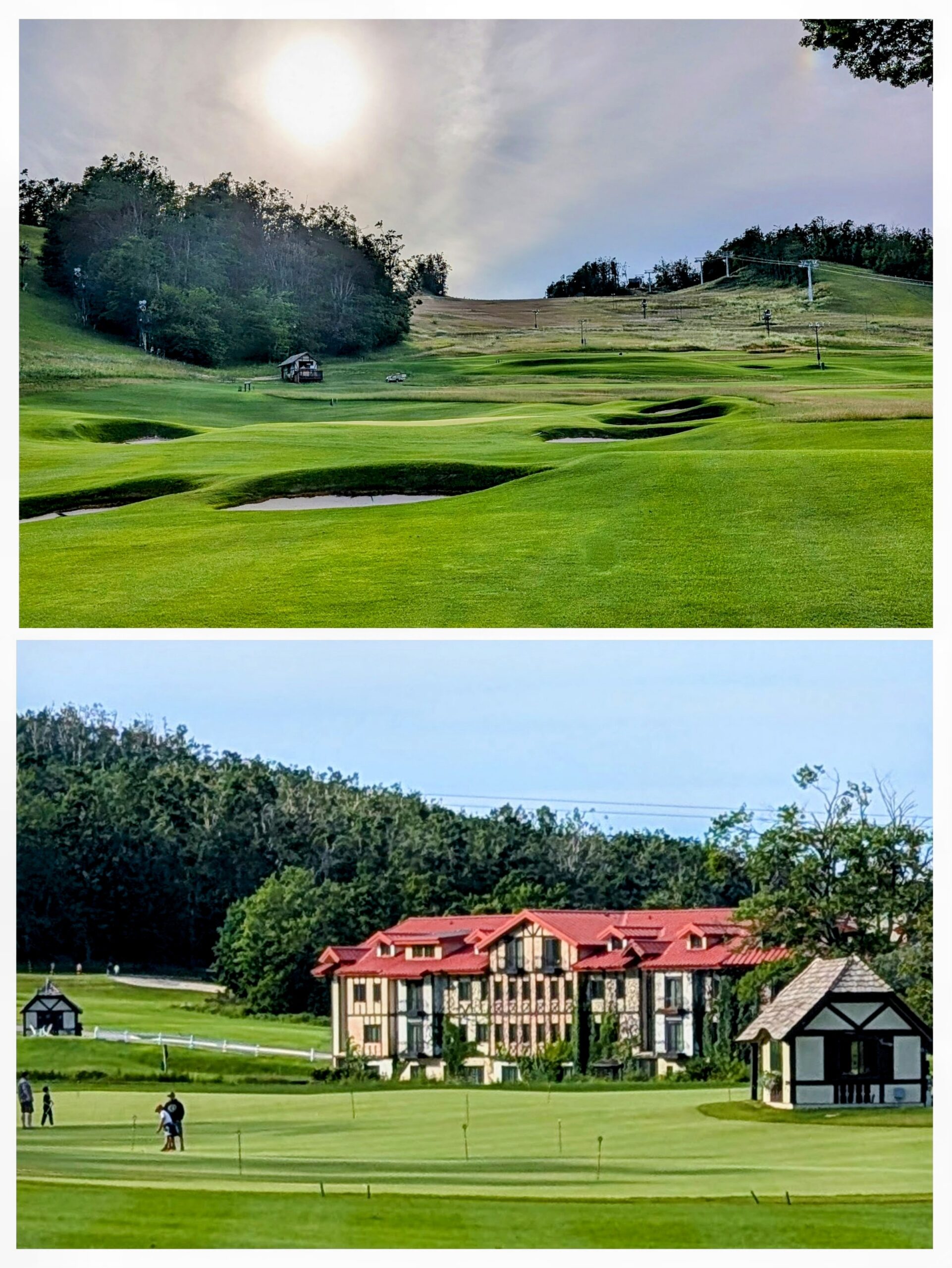
 HARBOR SPRINGS, MI. – Operators of the three Boyne resorts have always stayed ahead of the game. This year they’ve been twice as good at it.
HARBOR SPRINGS, MI. – Operators of the three Boyne resorts have always stayed ahead of the game. This year they’ve been twice as good at it.
Two upgrades at The Highlands, in Harbor Springs, have changed the golf atmosphere there. One is called Doon Brae, a one-of-a-kind nine-hole short course that was planned as the star attraction. The other is the Back Yaird – and, yes, that’s the correct spelling for a huge new putting green off The Highlands dining area.
Doon Brae and the Back Yaird stand side-by-side, and they opened together on June 6 after lengthy construction periods. You can’t help but play fun golf on Doon Brae, and the number of games you can play at the Back Yaird are limitless. There’s a small fee to play Doon Brae and there’s none at the Back Yaird, but these two newcomers are considered teammates.
Veteran Michigan golf architect Ray Hearn designed Doon Brae, and a lot of thought was put into the process. Doon Brae is built on a ski hill. You can see the ski lift chairs, but they’re not in use until the winter. Hearn is a big fan of sidewall bunkers, and that’s clearly evident at Doon Brae.
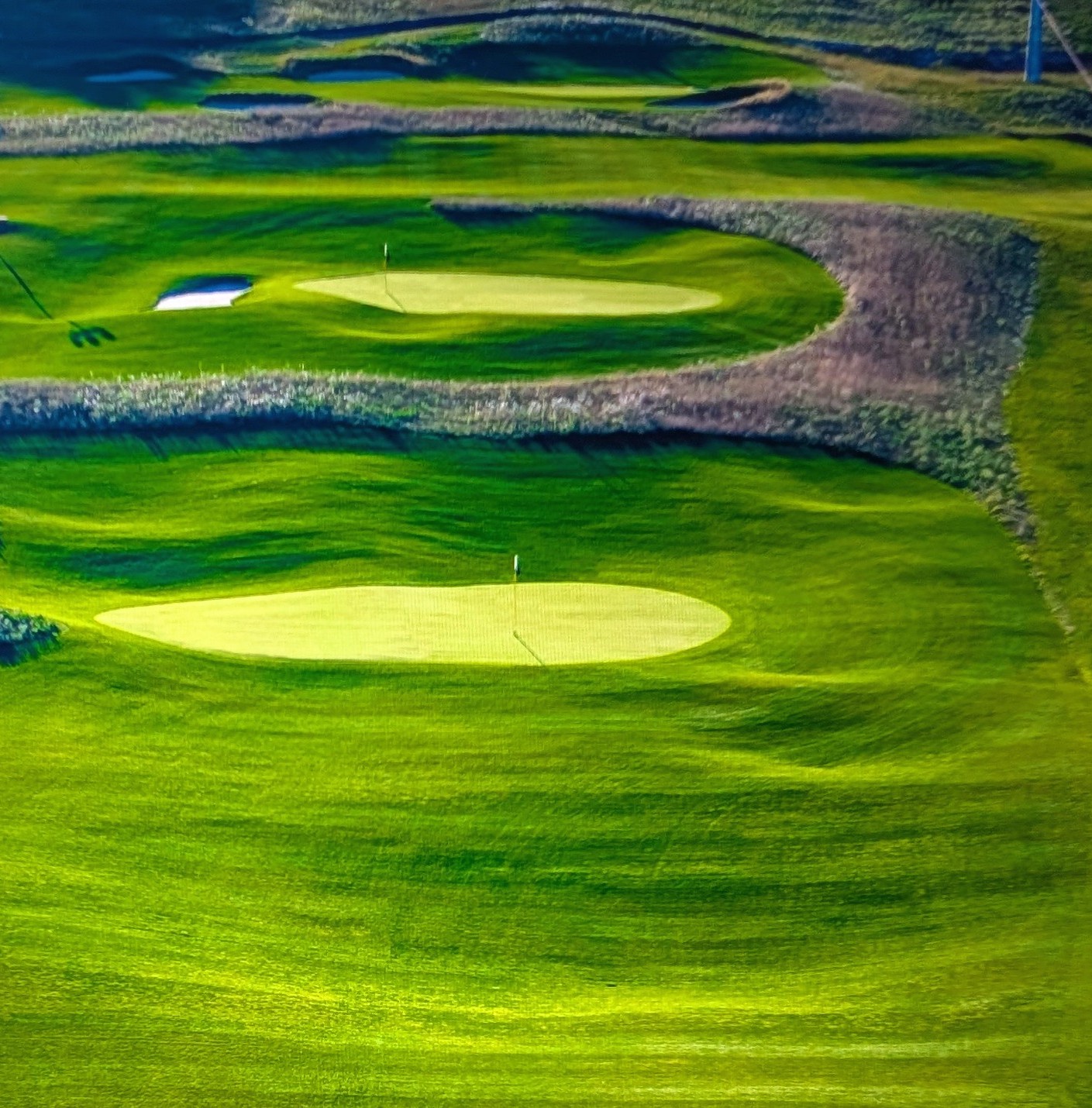
There’s no power carts available to get you around. You walk and carry a few clubs (I brought along five). A light carry bag is provided if you want one, and it’s likely you will. Tee areas are fluid. There’s three per hole, but only one marker per each yardage. Tee off on either side of the marker, as you deem appropriate.
Each hole has a plaque with the history of the hole’s design. There are greens with the Punch Bowl, Redan, Postage Stamp and Biarritz formats, among others. It’s interesting reading, and highly educational if you’re a serious golf buff. A scorecard is available, but not necessary.
The course has lights for night play, speakers to bring music to the players and a bar also adds to the good times. The previous short course at The Highlands was very basic; Doon Brae is anything but that. It measures 1,050 yards from the back tees, and 851 from the front markers. Longest hole is 150 yards and the shortest is 88.
Doon Brae is a Scottish term, with Doon meaning going down into a valley and Brae meaning hillside. Downhill, uphill and sidehill lies are commonplace. Rarely do you get a flat lie, and that enhances the fun experience. The greens, though, are the star of the show, as Hearn has created them as tributes to famous architects from the distant past like C.B. McDonald and Seth Raynor.
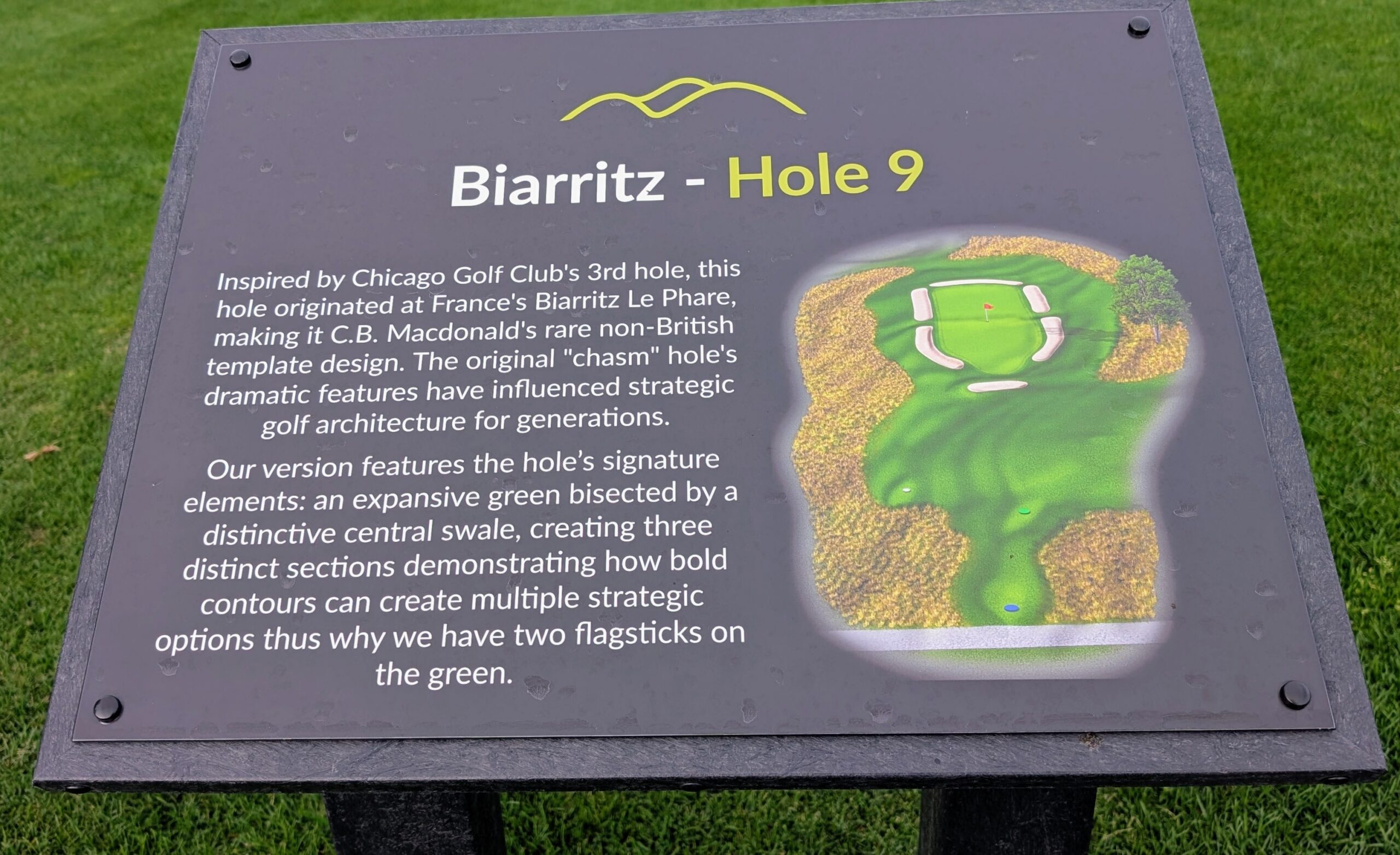
“It’s a terrific course,’’ said Ken Griffin, Boyne’s director of sales and marketing. “It opens up the resort to guests who are new to golf or who might not have the time to play one of our championship courses. Doon Brae is all about fun.’’
Size is the thing at the Back Yaird. It’s built over 65,000 square feet. Three nine-hole courses are set up on that terrain, and there’s space for a fourth if needed. Each nine is distinguished by different colored pins in the holes. You can have informal competitions at the Back Yaird – but they can be serious battles if that’s what you want. You can also use that space to just practice, if that’s what you want to do. It’s best suited for post-round or post-dinner activity. It’s not physically taxing.
Whether it’s Doon Brae or the Back Yaird, you’ll find a number of participants playing barefoot. Enough said for how serious the participants approach their time on the two.
One of the courses at The Highlands — the Donald Ross Memorial — has undergone regular upgrades. It opened with 17 Ross-designed holes chosen from his courses world-wide.
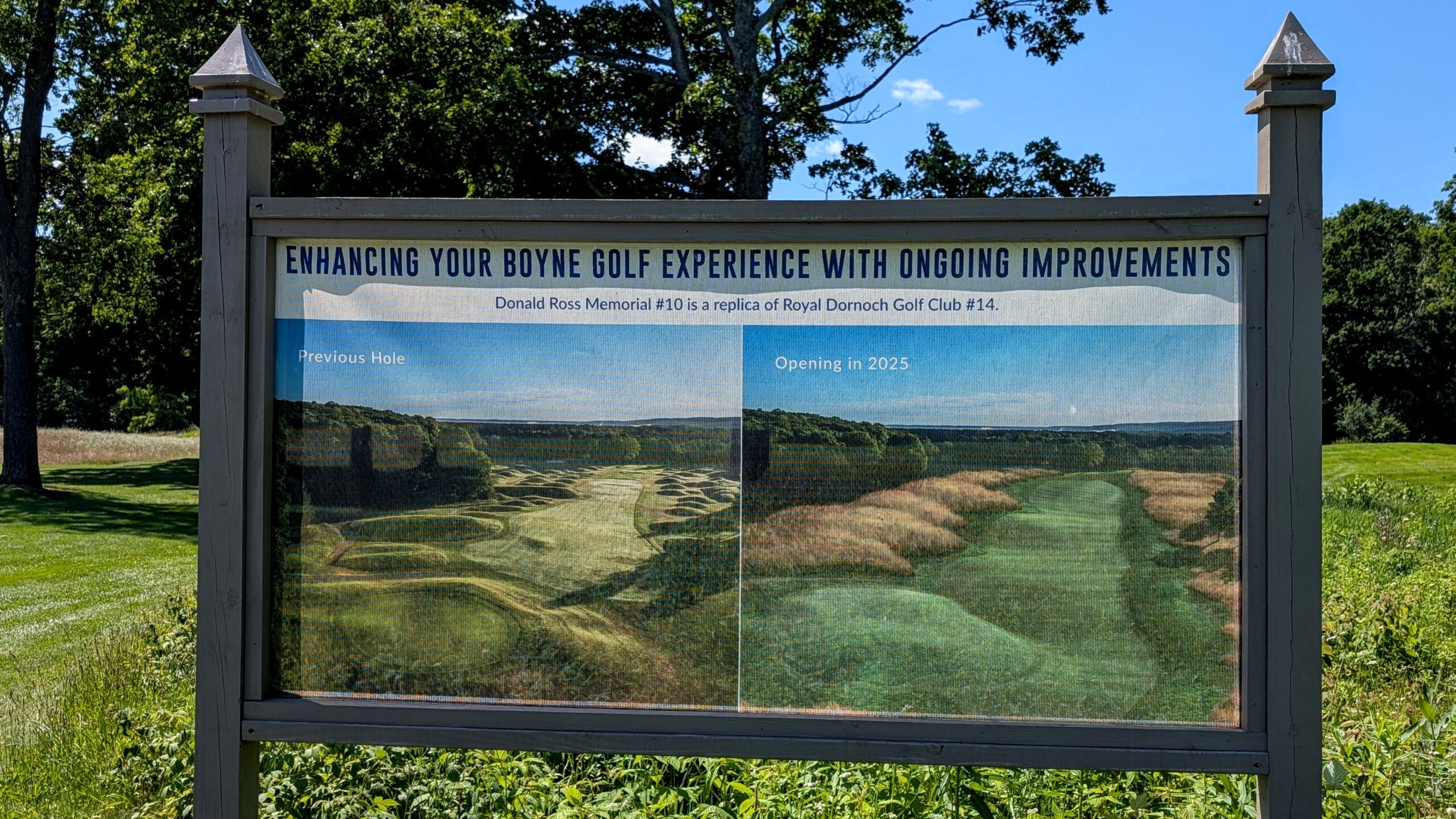
The other hole wasn’t designed by Ross, but No. 10 from Scotland’s Royal Dornoch was from a course which the designer grew up playing. It was the last hole re-done and re-opened this year.
Ross emigrated to the U.S. from Scotland in 1899 and he has an estimated 600 courses to his credit. A panel of Boyne officials selected the holes and the course was named Best New Resort Course in the USA by Golf Digest in 1990. It was a fine composite of holes then, but future research revealed that some needed changing to assure their historic credibility.
Six were rebuilt over a three-year period. The course was played a hole short at times, and with a reduced rate to reflect that. Now it’s back to 18 holes and – while more upgrades are being considered – more hole shutdowns are not scheduled.
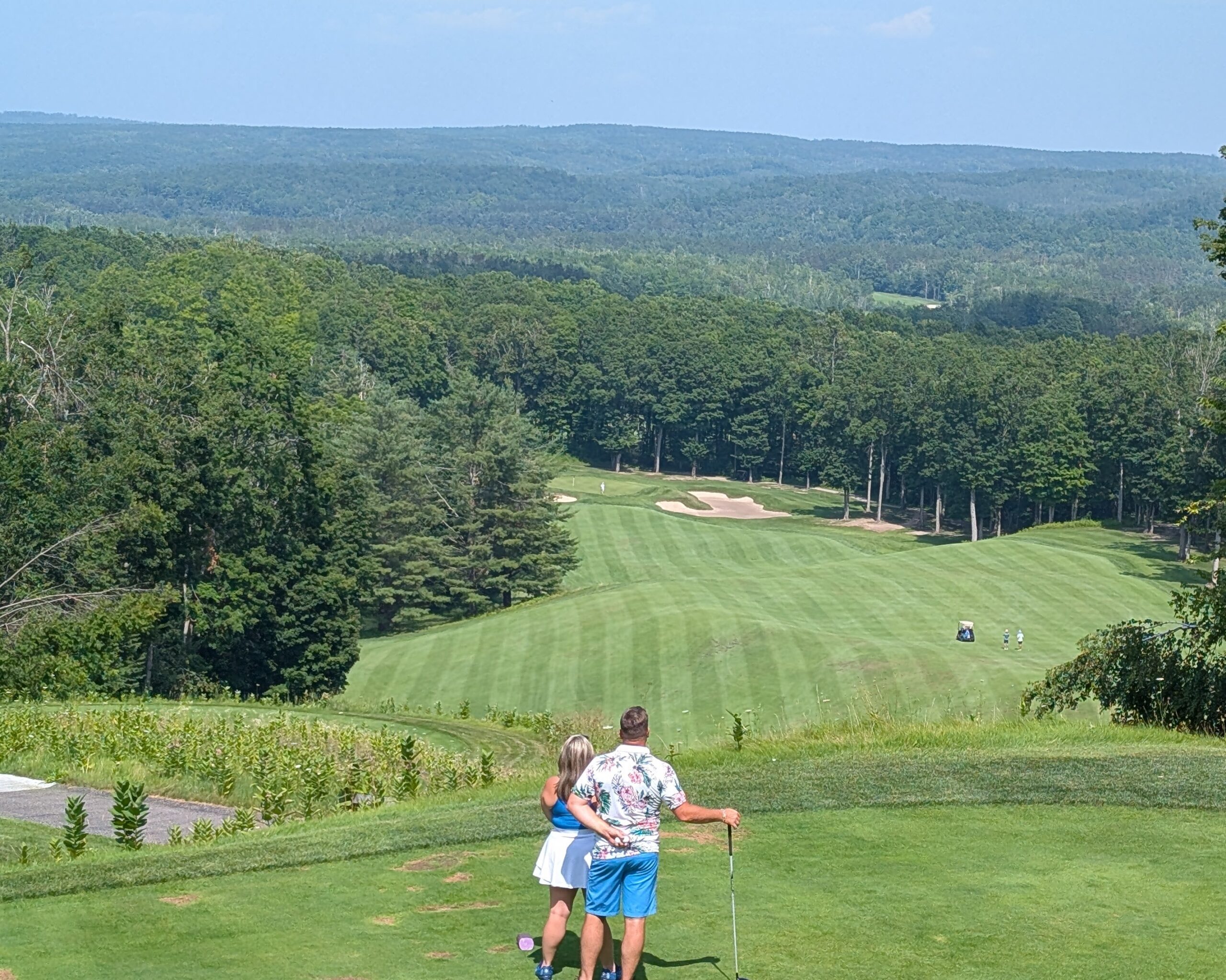
My favorite Boyne course is the Arthur Hills at The Highlands. The most memorable hole there is the par-5 thirteenth, which offers a breathtaking view from the elevated tees. This year there was an added attraction. Loggers have been working diligently to restore damage done by a spring storm, and it was interesting to watch them do their duties while in no way disrupting play.
Boyne’s story began in 1955 when Everett Kircher purchased a failing ski resort. Seventy years later it continues to flourish. While Kircher immediately put in a nine-hole course, the golf side of Boyne took off in 1971 with the opening of The Heather at The Highlands. Doon Brae, the 11th course, opened in 2025.
While Doon Brae was in its finishing stages of construction Boyne Golf hauled in some major awards. Most noteworthy was USA Today naming Boyne Golf the No. 1 golf resort destination in the U.S. and The Highlands was named No. 2.
You can’t do much better than that.
